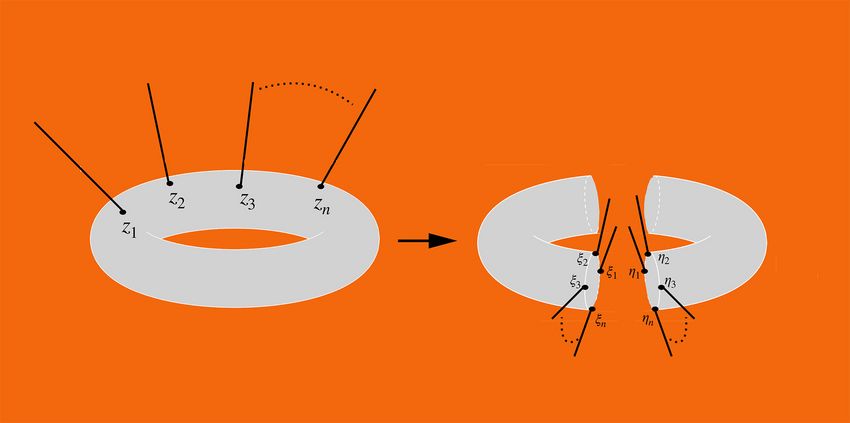Elementary particles, the smallest building blocks of matter, are described in the standard model of particle physics. The "communication" between these particles is described using gauge theories. Protons, for example, are made up of elementary quarks. These interact via the strong force. The associated exchange particle or gauge boson is the gluon. Other interactions defined in the standard model and their bosons are: the electromagnetic force (photon) and the weak force (W and Z boson).
Gravity and its - hypothetical - exchange particle, the graviton, cannot be represented by the rules of the Standard Model. However, simple calculations suggest that there is a connection between the interactions of gravity and the gauge theory.
In his calculations, theoretical physicist Stephan Stieberger has generalised and proven this assumption with the help of string theory. He has thus confirmed for the first time that the interaction of gravity can be mathematically linked to the interactions of two universal gauge theories from the standard model.
"The results form an important basis for understanding the correspondence between gauge and gravitational theories," says Stephan Stieberger. "They also offer the opportunity to investigate a variety of relationships between parameters of different theories. We can therefore hope for new insights that will bring quantum mechanics and gravity closer together."
